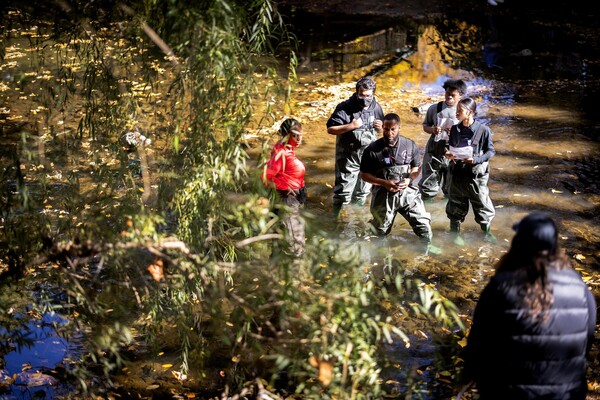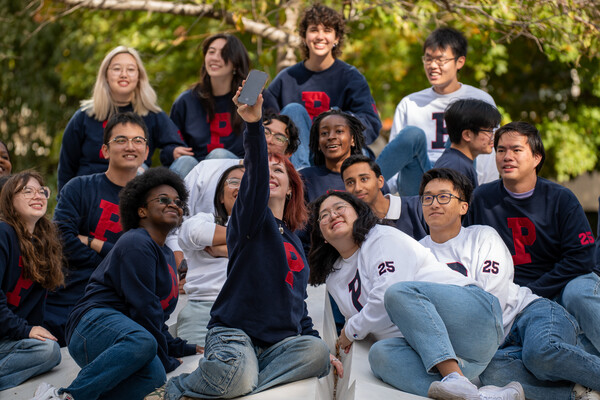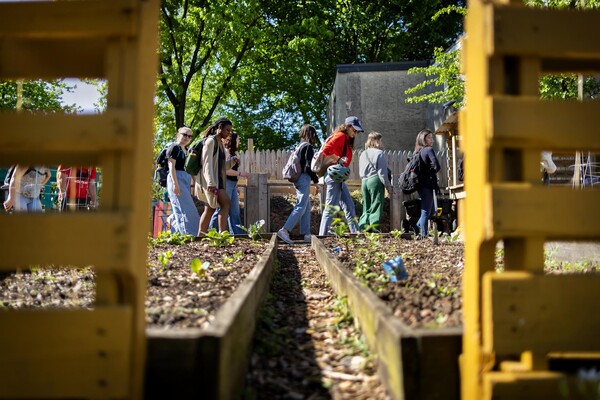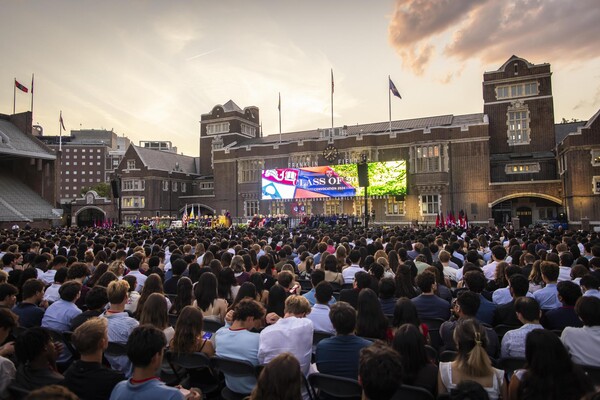Nurses need to know how to ‘walk both worlds’
MUSIC/A School of Nursing course teaches future nurse practitioners how to navigate the world of alternative and complementary medicine.
Whether it’s black cohosh to quell hot flashes or yoga to soothe arthritis, more and more people are looking beyond the pharmacy shelves to cure what ails them.
That’s why it’s vital that health professionals understand more about complementary and alternative medicine (CAM), says Wendy Grube, interim program director of the School of Nursing’s Women’s Health Care Nurse Practitioner Program. “Nurses need to be aware,” says Grube, who teaches a course in CAM every fall in the Graduate School of Nursing. “If someone says, ‘I’m going to see an ayurvedic healer,’ they need to know what that means.”
Grube says it’s especially important for nurses to be knowledgeable since patients often rely on fragments of information from the media and the Internet, which can be misleading or actually false. “A little information tends to be a little dangerous,” she says, pointing out that just because a product is herbal does not necessarily make it benign.
Though Grube prescribes caution, her aim is not to dissuade patients from using alternative therapies. During the late 1990s, when she ran her own nurse practitioner practice, Grube saw first hand how effective alternative treatments could be for a range of chronic problems, including insomnia. “I had women trapped in their dependency on pharmaceuticals,” she says, and these were not gentle drugs. “They were like sledgehammers. They eliminated the deeper components of sleep and left a hangover.” Botanicals such as valerian, California poppy, passionflower and other “nice mild sedatives,” worked better.
For Grube, one of the advantages of CAM is that it’s “low tech and high touch” and there is an element of personalization. “It’s not ‘One pill fits all,’” she says, and it encourages a “buy-in by physicians to care … they’re not just tossing off a prescription.”
In putting together her course, Grube looks for people who understand the bridge between allopathic and alternative medicine and can “walk both worlds.”
Grube says we’re at a critical juncture in healthcare in the U.S., where we need to “broaden how we look at defining health and illness and wellness.” The current surge in the popularity of alternative treatments reminds her of the rise of the Eclectic Physician movement of the 1800s, when a group of doctors decided there had to be something better than the traditional “puking, purging and bleeding,” and began to investigate Native American healing—with much success.
As part of her course on CAM, Grube takes her class to the Morris Arboretum, where students get a hands-on opportunity to feel and touch medicinal plants. “It’s wonderful to take the class outside,” says Grube.
With her class expanding every year—60 graduate nursing students signed up last fall—Grube feels encouraged that she is getting her message across and bringing the worlds of allopathic and alternative medicine a little closer. “Unless we work together,” she says, “we’re working at odds.”







